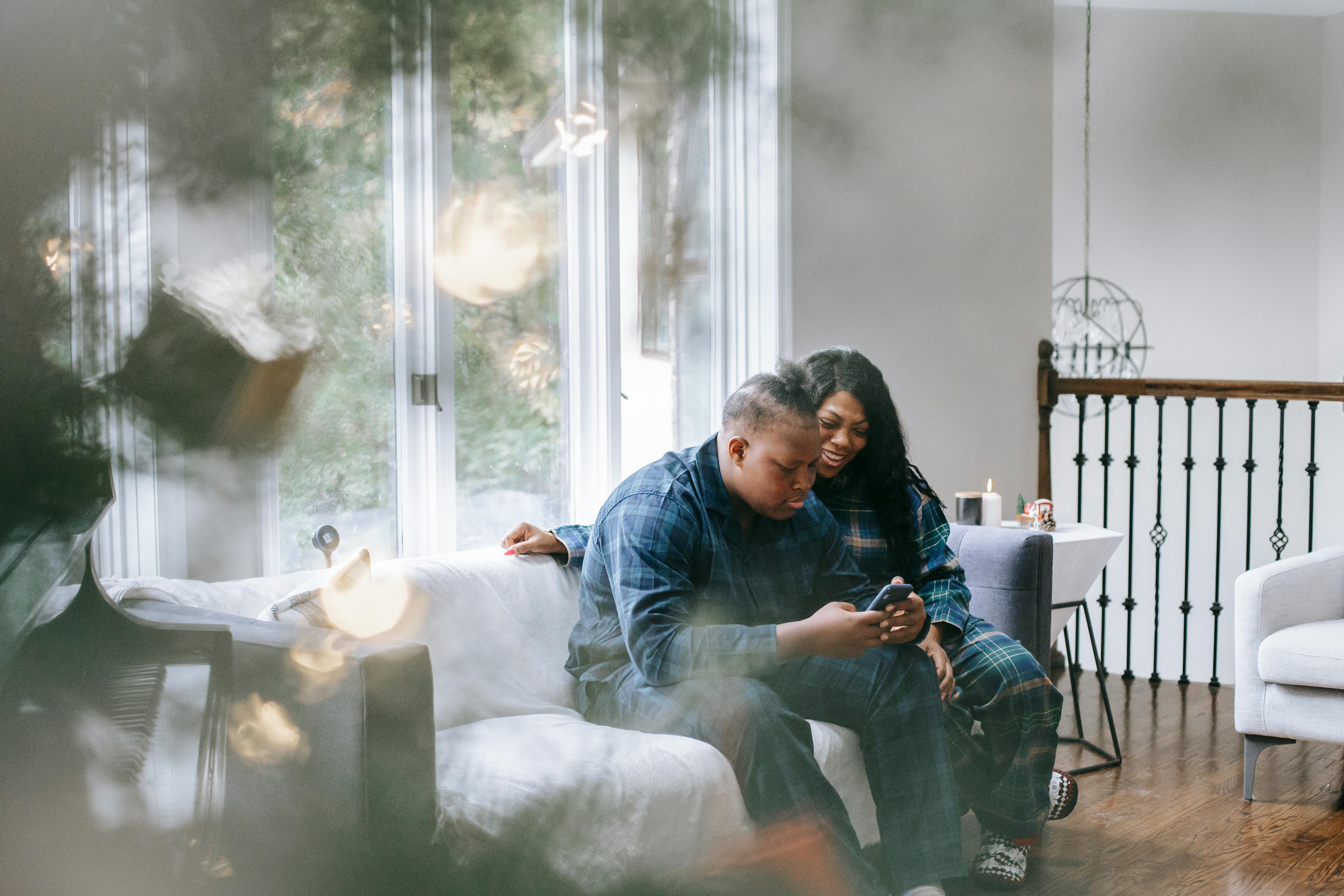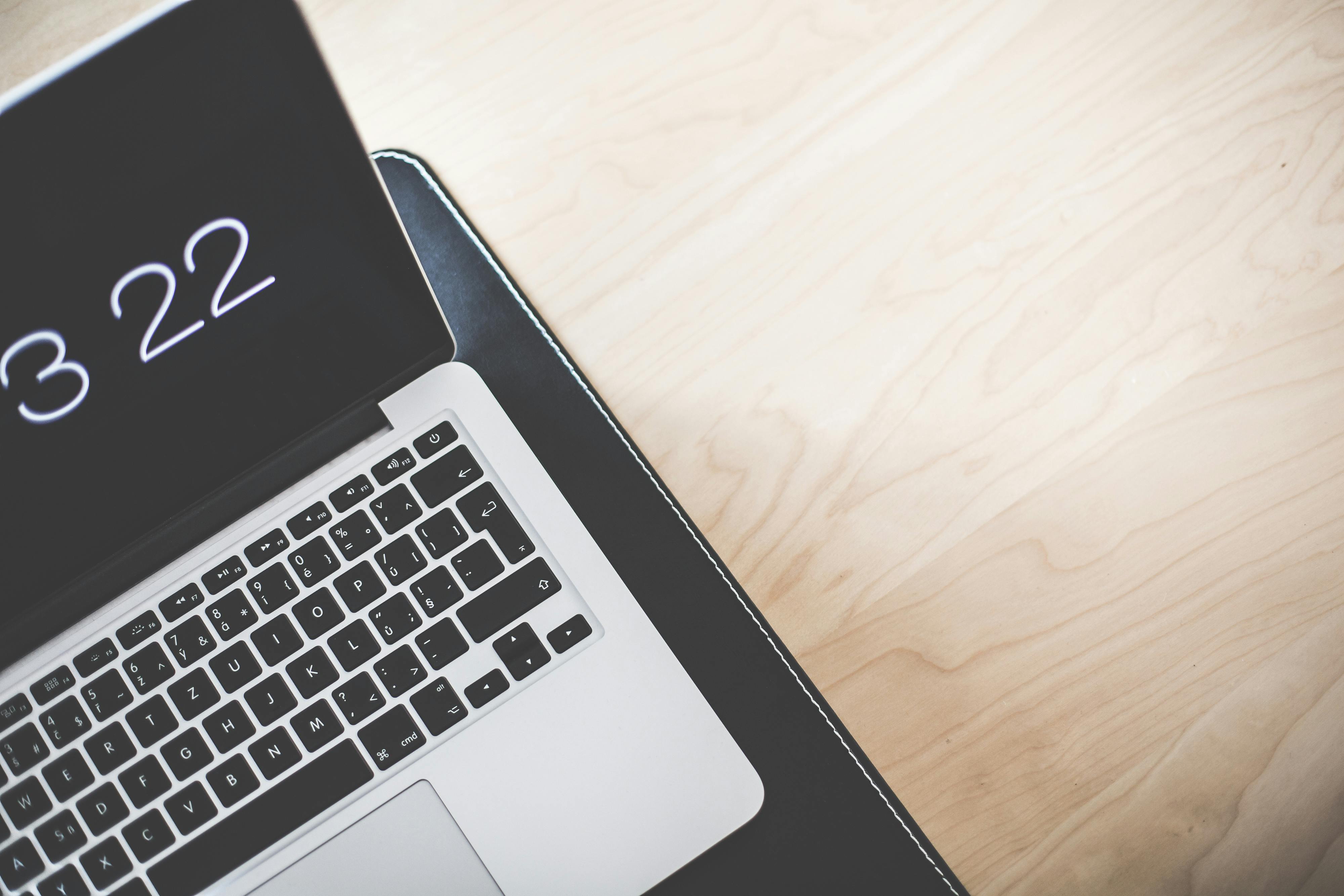Green interior design is radically different from interior design because it is based on a completely different set of criteria. The main goal of green interior design is to help the environment and improve indoor air quality. To better understand how green interior design seeks to address these challenges, it is necessary to look at the guidelines set forth in the organization’s Leadership in Energy and Environmental Design (LEED), which was established by the US Green Building Council in 1998.
LEED identifies 5 key metrics that green interior design must address. These metrics reduce carbon emissions, conserve water, improve energy efficiency, improve indoor air quality, and improve natural resource management. Nowhere in the metrics is there any mention of fashion or the need for oriental tapestries or furniture. Of course, a house can be eco-friendly and have an edgy minimalist look or a nice rustic look. The point is that green interior design is based on how it benefits the environment and keeps people healthy, not on some shifting notion of ‘style’, ‘freshness’ or ‘elegance’. Statistics are the indicators of success or failure, not the aesthetic sensibilities of the owner.
It is important to look at how a home can improve its insulation to help lower heating and cooling bills and therefore reduce carbon emissions. To make a home more environmentally friendly, it’s a good idea to consider installing programmable thermostats, compact fluorescent light bulbs, energy-saving power strips, and energy-efficient appliances, among many other possible actions to reduce energy consumption. This is great for the homeowner because it means lower bills to pay each month.
Another area that is of paramount importance to green interior design is water conservation. Actions like installing low-flow showerheads and faucet aerators and collecting rainwater to irrigate the garden are good examples of how water can be conserved.
The metric related to the reduction of carbon emissions is closely related to energy consumption. For those people who don’t buy ‘green’ electricity, every kilowatt-hour of electricity consumed means a lot of carbon emitted by a power plant. In addition to lower electricity consumption, green interior design is very interested in alternative and cleaner energy sources, such as solar energy.
People’s health is the main concern for green interior design. People in the developed world spend 90% of their lives indoors, so good indoor air quality is vital. One of the key issues is with volatile organic compounds that easily release gases and cause respiratory problems, cancer, and other serious medical conditions. The best way to avoid VOCs is to check the VOC content of your flooring, furniture, office and household products and try to replace the worst offenders with healthier alternatives.
Finally, there is the issue of natural resource management. It is about moving from using rapidly depleting resources like hardwood to using renewable resources like bamboo, jute, coconut, cork, hemp and water hyacinth. Another strategy is to buy furniture, etc. which is produced by companies committed to the sustainable management of resources. There is also the concern of looking at the shelf life of a product and the impact it has on the environment in terms of pollution. Recycling and upcycling obviously have great importance in the spirit of eco-friendly interior design.
Much can be done for most homes and offices to be environmentally friendly, and the good news is that these actions often result in lower bills as well. Saving money, being healthier inside and helping to improve the future are the lofty ideals of a discipline that is sure to be of greater interest to the general public as the recession deepens and environmental health worsens.



